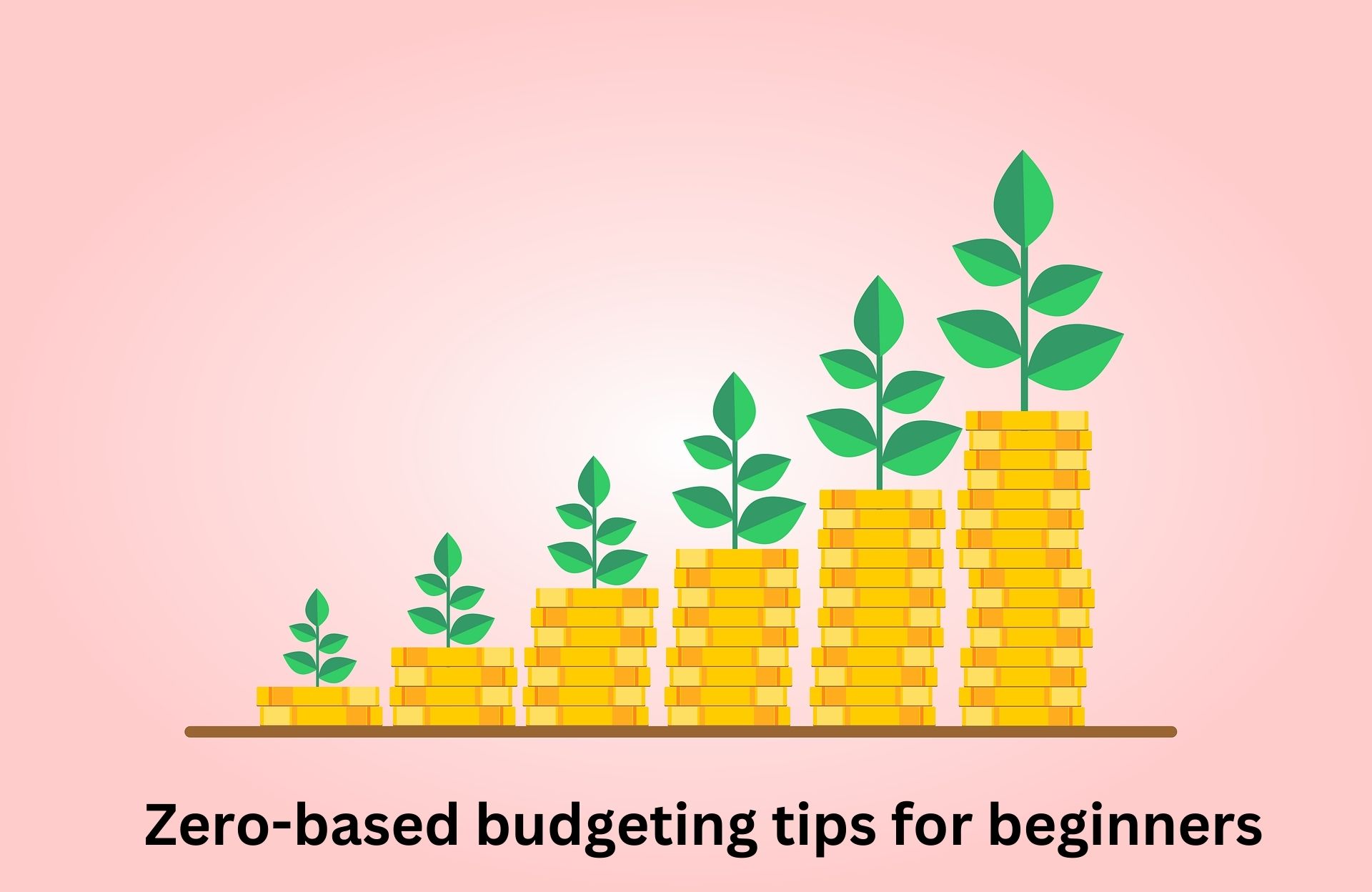Introduction
Are you tired of living paycheck to paycheck? Zero-based budgeting (ZBB) might be the solution you need. Unlike traditional budgeting methods, ZBB requires you to assign every dollar a purpose, ensuring no money goes to waste.
In this guide, we’ll walk you through zero-based budgeting tips for beginners, helping you take control of your finances, reduce unnecessary expenses, and achieve your financial goals.
What Is Zero-Based Budgeting?
Zero-based budgeting is a method where your income minus expenses equals zero. This doesn’t mean you spend all your money—it means every dollar is allocated to expenses, savings, or debt repayment.
Benefits of Zero-Based Budgeting
-
Eliminates wasteful spending – You track every dollar.
-
Encourages mindful spending – Forces you to prioritize needs over wants.
-
Helps with debt repayment – Allocates extra funds toward paying off debt.
-
Improves savings – Ensures you set aside money for future goals.
Zero-Based Budgeting Tips for Beginners
1. Track Your Income and Expenses
Before creating a budget, know how much you earn and spend each month.
-
List all income sources (salary, side hustles, etc.).
-
Track expenses (fixed bills, groceries, entertainment, etc.).
Pro Tip: Use budgeting apps like Mint, YNAB (You Need A Budget), or EveryDollar to automate tracking.
2. Categorize Your Spending
Divide expenses into categories:
-
Fixed expenses (rent, utilities, loan payments)
-
Variable expenses (groceries, dining out, entertainment)
-
Savings & investments (emergency fund, retirement)
-
Debt repayment (credit cards, student loans)
3. Assign Every Dollar a Job
The core principle of ZBB is income – expenses = $0.
-
Allocate funds to necessities first (housing, food, bills).
-
Assign remaining money to savings, debt, or discretionary spending.
Example:
-
Income: $3,500
-
Expenses: 3,200(including300 savings)
-
Remaining $300 → Extra debt payment or investments
4. Prioritize Needs Over Wants
Cut unnecessary expenses to free up money for important goals.
-
Reduce dining out → Cook at home more.
-
Cancel unused subscriptions (gym, streaming services).
-
Shop smarter – Use coupons, buy in bulk.
5. Adjust Your Budget Monthly
Life changes, and so should your budget.
-
Review spending habits at month-end.
-
Shift funds if you overspent in one category.
-
Increase savings if you have extra income.
6. Build an Emergency Fund
Aim for 3-6 months’ worth of expenses in savings.
-
Start small (500−1,000).
-
Allocate a fixed amount monthly until goal is met.
7. Use Cash Envelopes for Discretionary Spending
For better control, try the cash envelope system:
-
Assign cash to categories like groceries, entertainment.
-
Once the cash is gone, stop spending in that category.
8. Stay Consistent and Patient
Budgeting takes discipline. Stick with it, and you’ll see progress over time.
Final Thoughts
Zero-based budgeting is a powerful tool for financial control. By tracking every dollar, cutting unnecessary costs, and prioritizing savings, you can build a secure financial future.



One thought on “Zero-based budgeting tips for beginners”